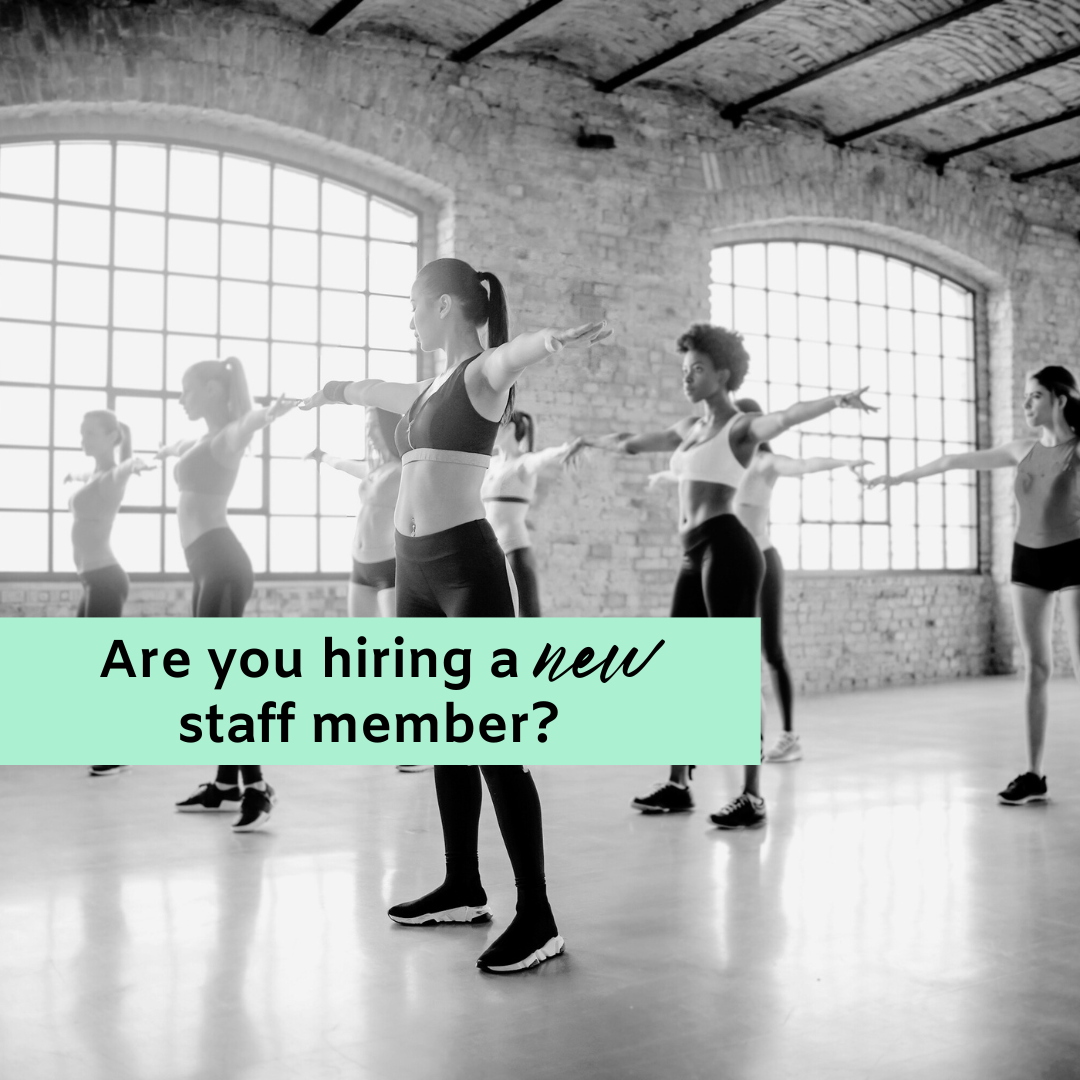The recruitment process can be a lengthy process for your business, involving placement of job advertisements, attracting the right candidates and ultimately employing the right person. It is an important process to get right the first time, especially for a small business.
By using best practice recruitment methods you will be able to meet your recruitment outcomes.
The initial stages before placing your job ads
Before you even consider placement of your job advertisement, you must get the first steps in the recruitment process right. This will go a long way towards achieving success. These first steps include:
The recruitment process initial stages
Let’s take a look in more detail at these initial stages of the recruitment process. We will then follow on to have a look at options for where to place your job advertisements.
Position design
When designing the position, it not only requires consideration of what the business and your customers need, but also what type of candidate is available in the marketplace and meeting their expectations.
Employment details
After you have a better idea of the role and type of candidate that your business needs to attract, it is important to know what you are able to offer. Is the role going to be permanent or temporary, how many hours are available and what salary is on offer.
Position Descriptions
It is important to understand the key requirements for each position in your business and have it documented. This will help you to attract the right candidate regardless of if they are internal or external, outline the qualification and licence requirements, previous experience and high level areas of focus.
Once you have worked your way through these important stages of recruitment you are ready to commence the advertising process itself.
Commencing the advertising process and placement of your job ads
You will need to first draft the copy for your job advertisement.
When doing this remember to consider and use all of the information and knowledge you have gathered about the role in the initial stages of the recruitment planning. The preparation should make the job advertisement writing process more efficient and simpler.
Key elements to include in your job advertisement are:
- Briefly explain your business
- Describe the key focus and duties of the role
- List the skills and experience needed for the role
- Provide detail of the benefits and culture of your business
- How to apply for the role and what to submit
- Salary package, optional
Brand presence and advertising
Once you are ready to promote your vacancy, it is highly beneficial to consider your brand presence in your advertising by considering, where available:
- Using logos,
- Relevant images, and
- Company colours.
The recruitment process needs to make a potential candidate motivated to complete an application and really want the job. Considering and displaying the roles benefits, what your business has to offer, and a positive brand presence is essential to engaging the right candidates.
Where to place job advertisements
Now that you have identified the specifics of the position that is on offer, this brings us to where to place job advertisements.
Where is the best place to advertise your vacancy?
There are a few different ways that you are able to advertise your vacancy depending on budget, type of role and where your ideal candidates are actively looking. These include;
Online job boards
There are a range of different online recruitment platforms available and they have a large reach. Some job boards are broad and cover a range of different industries such as Seek and Indeed, LinkedIn, whereas some are for specific industries such as ArtsHub or SportsPeople. The type of role that you are recruiting for will change where you advertise your role.
Social Media
As the demands for social media continue to grow with both employers and employees, so does the expectation that vacancies will be advertised via these platforms. The most common options are Facebook, LinkedIn and Twitter. You will have a loyal base of fans that follow your page and may share your advertisements with others that are suitable.
Company Website
It is a great way for potential candidates to view current vacancies and quickly learn about your company history, product or service, and other team members. This also gives an opportunity for internal candidates to find out about the job posting and apply or share with family and friends.
Recruitment Agency or Human Resources Professional
Another option is to utilise the expert skills of a recruitment agency. They will source, screen and shortlist suitable candidates. This can be a good opportunity for hard to fill positions or if you are unable to dedicate the time required to complete a timely recruitment process.
Professional Associations
Most industries will have an industry or even role specific network or professional body that are aimed at sharing information, regulating operations and communicating vacancies. This is another option for hard to full positions or if you are wishing to locate already skilled professionals.
University job boards
If you are considering attracting graduates or young professionals then you might like to consider nearby universities. You can gain access to their job boards to advertise your vacancies to students seeking employment.
School newsletters
A great option for targeting certain types of candidates is a local school newsletter. This option will attract local candidates, or certain demographics ideal for specific businesses and availability.
Networking
Never underestimate the power of a professional or personal connection. Whether you are a part of face to face networking groups, social or business networking groups, referral businesses, or collaboration or online forums, it can be a great opportunity to share opportunities to broaden your reach.
Local businesses or service providers
Think about where your ideal candidates and customers are hanging out and approach those businesses and providers to advertise; including local shopping centres, community notice boards, sporting facilities and clubs, as well as medical facilities.
Final steps of the recruitment process.
Once your vacant position has been advertised and candidates begin to submit their applications you are ready for the final steps of the recruitment process.
The final steps include:
- Shortlisting,
- Phone screening
- Interviews, and
- Background checks.
All of these stages of the process are just as important as the initial recruitment planning and the placement of your job advertisements.
A successful recruitment process.
There is benefit in planning your next hire so invest the time and set your business and your new employees up for success. Need some assistance? Contact Small Business Society today.
The information provided in this document is for your guidance only and is general in nature. It does not constitute as legal advice. It is the responsibility of the individual to seek legal advice where required.
Be one of the first to receive our new Human Resources articles each month.
Sign up to Small Business Society and receive our newsletter each month plus other great resources to assist you on your Human Resources journey.
Are your leaders the best they can be?
Sign up to Small Business Society and we will send you our FREE 8 point plan for effectively supporting and developing your leaders and managers.
FREE 8 point plan for successful leaders
About Kate Tongue
Kate Tongue is the founding Director of Small Business Society.
She is a qualified and experienced Human Resources professional with more than 10 years of experience across the private and public sectors.
Her particular interest and experience is in managing the employee life cycle, delivering process improvements, and Human Resource strategy.
Looking for more information on the various stages of the employee life cycle or Human Resources in general? The following may interest you.
Human Resources planning and strategy
Business planning and HR strategy
Achieve your business goals with the right HR strategy
Small business obligations
Understanding your award
Employee handbook
Employee engagement
Employee engagement is a good cause
Are you delivering effective employee engagement
Do you know your Human Resources terms?
15 must know HR terms
Plus lots more information and advice:
Small Business Society Blog
U


